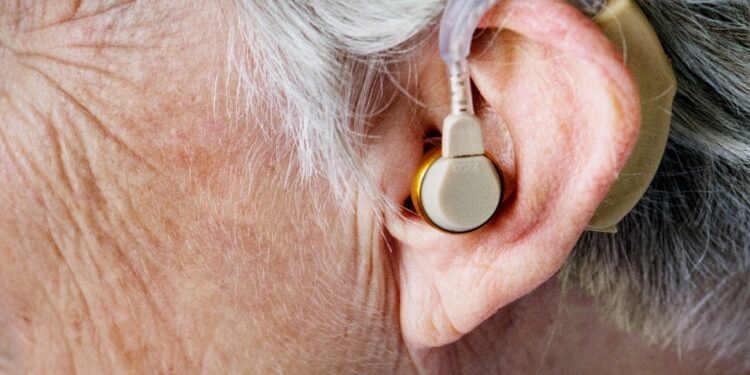The cochlear implant is based on LED lights and stimulates neurons in rodents’ brains with extreme precision, generating a partial recovery of auditory functions
Hearing is one of the most important and dominant senses in humans and animals. Diseases related to the auditory organ generate serious problems and discomfort in daily life. Medicine has already developed implants, both internal and external, which improve the clinical conditions of the sick. Today, a research group consisting of scientists from the universities of Göttingen and Freiburg has presented an innovative and very promising implant. The research was presented in the journal Science Translational Medicine.
You might also be interested in —> Coronavirus, here come the masks for the deaf
The implant is cochlear and consists of cheap chips and light emitting diodes. The main difference with the already widespread technologies is the use of light as a substitute for electricity. Electrical impulses are not very precise and localized and tend to spread over a wide area of nerves. The effect is a lowering of the sound quality. The new system, on the other hand, is able to provide more precise signals to the auditory nerves, greatly increasing sound quality.
You might also be interested in —> Italian surgeons implanted the first ear “built” thanks to 3D printing
The research team experimented with their implantation on certain breeds of deaf rodents with special genetically modified neurons. The animals responded very positively to the sound stimulus tests, demonstrating a recovery of hearing. This invention can help in the treatment of hearing impaired patients. Researchers point out that there are still many aspects to be improved, such as size and light diffusion, before the implant can be tested on humans.

































